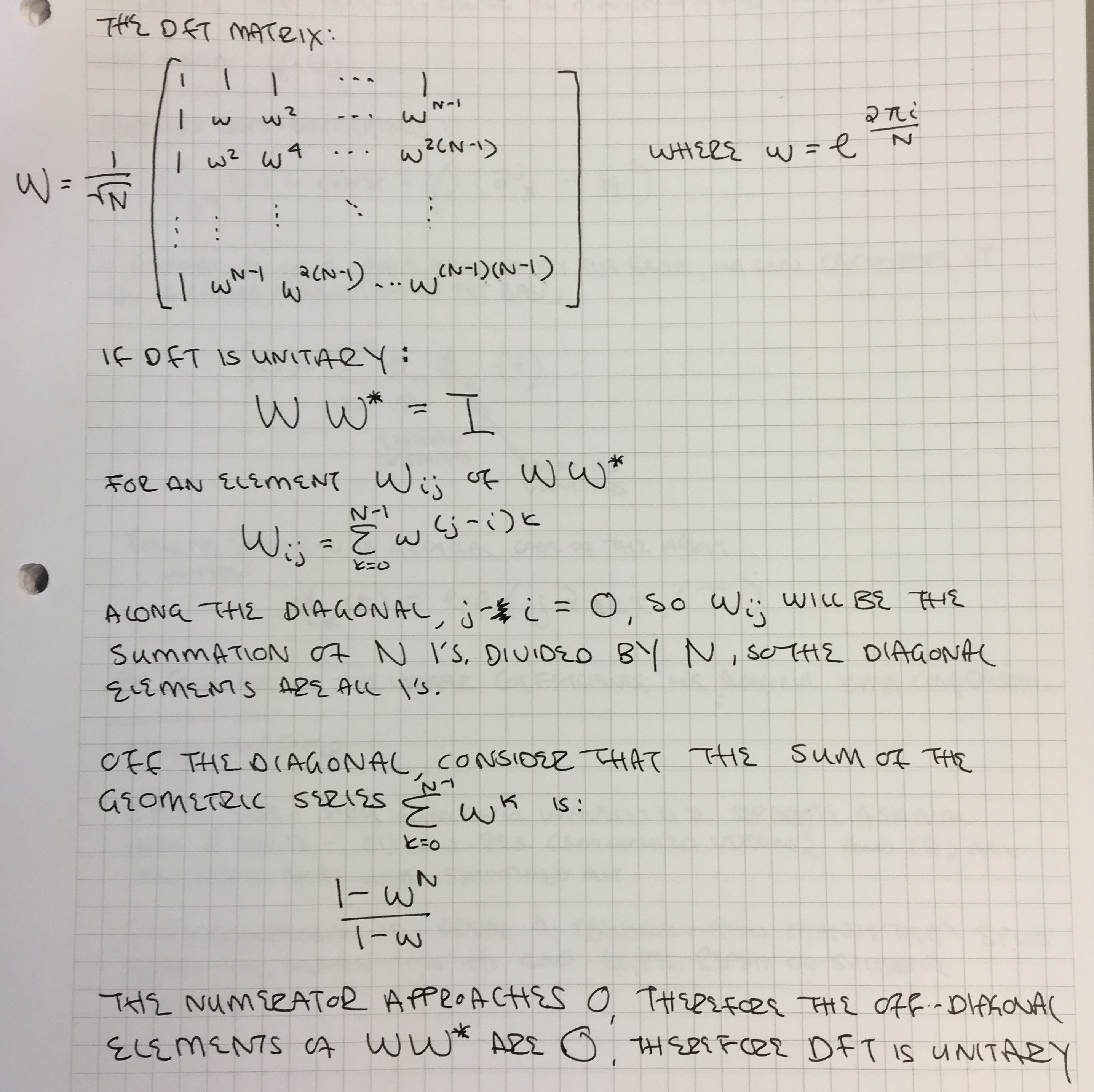(a) Analytically calculate the covariance matrix of ~x
x1^2 x1*x2 x1(x1 + x2)
x2*x1 x2^2 x2(x1 + x2)
x1(x1 + x2) (x1 + x2)x2 (x1 + x2)^2
(b) What are the eigenvalues?
(c) Numerically verify these results by drawing a data set from the distribution and computing the covariance matrix and eigenvalues.
(d) Numerically find the eigenvectors of the covariance matrix, and use them to construct a transformation to a new set of variables ~y that have a diagonal covariance matrix with no zero eigenvalues. Verify this on the data set.

